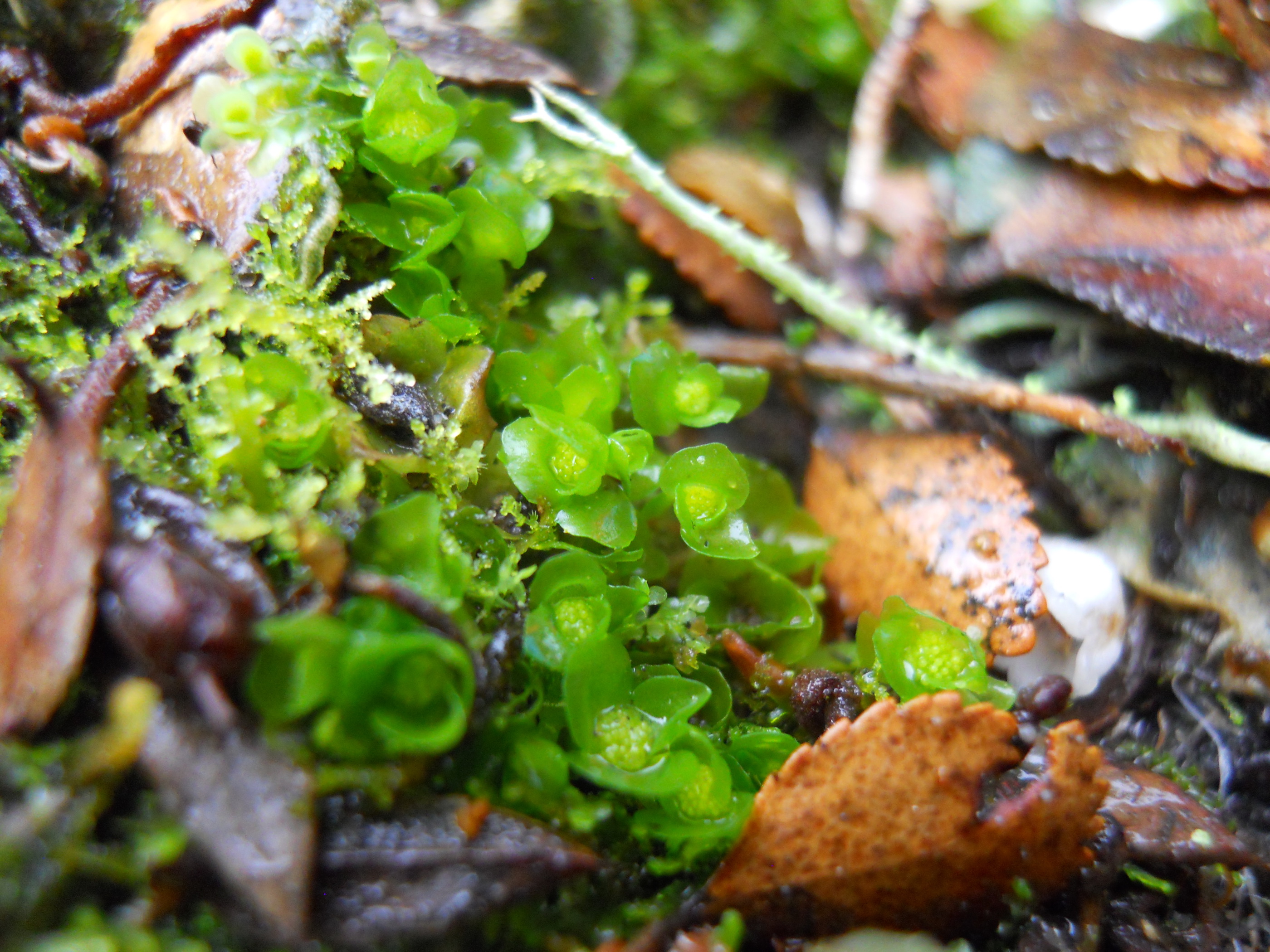
New platform allows the public to contribute to science research
When a team of researchers set out to better understand liverworts, they discovered that they had hundreds of thousands of images to examine. The experts developed an online tool that would enable citizen scientists and volunteers from a variety of backgrounds to help out with the analysis.
Matt von Konrat is the collections manager of plants at the Field Museum and the study’s lead author.
“Citizen science is an opportunity for an individual, group, or community to participate in and contribute to an active research program,” explained von Konrat. “It’s public contribution to science.”
Liverworts first appeared on Earth about 400 million years ago, and they can survive in even the harshest climates from deserts to the Arctic. They are very small and will respond much faster to global warming than bigger plants, making them a valuable resource for studying the effects of climate change.
Liverworts have rounded leaves that are somewhat shaped like a liver. The tiny details of these plants must be studied under a microscope.
“It’s tedious for one individual to go through these photos for hours on end,” said von Konrat. “But if you get a hundred people to do it for five minutes each, it’s a lot easier.”
The team created the online platform Zooniverse for the citizen science volunteers to study photos of liverworts and measure their primitive leaflike structures. This helps scientists better determine the differences among liverwort species, which may respond differently to climate change.
“The Microplants project is two-pronged: to help find differences between these species, and see if measurements can actually be done by lay people,” said co-author Kalman Strauss, a high school student who has volunteered at the Field Museum since 2014.
Ultimately, over 11,000 online users helped with the study both remotely and at a digital kiosk located in the Field Museum. The Zooniverse platform was also used in classrooms ranging from kindergarten to college Biology classes.
According to von Konrat, the findings of the study are accurate enough for use in research that can inform environmental policy. He said that the project is also notable for its efforts in public engagement with science.
“This project goes beyond the data,” said von Konrat. “It’s about breaking down barriers and showing that everyone can contribute to science. One key audience is students and younger generations – exposing them to museum collections and science, help them get excited about science.”
The study is published in an issue of Applications in Plant Sciences dedicated to the digitization of botanical natural history collections.
—
By Chrissy Sexton, Earth.com Staff Writer
Image Credit: The Field Museum













